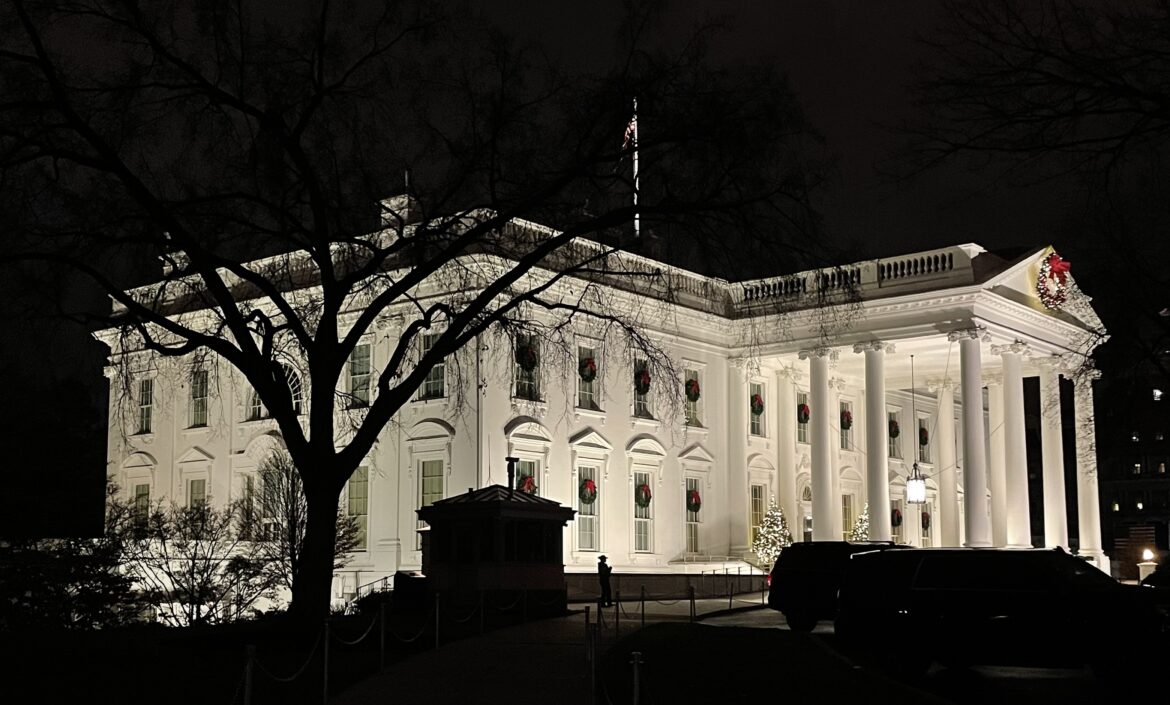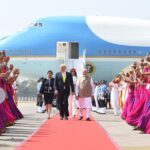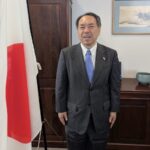It is not as if the last word has been said on Japan and the United States in the aftermath of the recent trade deal of July 22, 2025. If anything, the rumblings may have just begun, in Japan, Asia, and the United States. For one, nearly everyone is looking for details that have been hard to come by. For instance, do the two countries look at bridging the trade gap of USD 70 billion through one-off buys of commercial jets? If this is the case, the larger issue of addressing trade imbalances may not have been addressed.
And for another, does it send a message to others in Asia that the Japan-US deal is somehow a “model” that would have to be or could be emulated? Nations like Indonesia, the Philippines, and Vietnam are already said to have inked agreements or are close to reaching targets. In Asia, the specific focus is on South Korea and, outside the Asian network, on the European Union. Washington, one thinking goes, may be expecting major investment commitments from Seoul and Brussels. The American President, Donald Trump, has maintained that the accord with Japan means, among other things, a commitment of USD 550 billion in investments.
And this is for starters. But what has to be kept in mind is that Japan is already the largest investor in the United States, totaling nearly US$ 780 billion, and Prime Minister Shigeru Ishiba had earlier pledged to raise it to US$ 1 trillion. So where does this US$ 550 billion fit in the scheme of things? The U.S. Secretary of the Treasury, Scott Bessent, has implied that this USD 550 billion is “all new capital.” To Tokyo, the 25 percent tariff rate that was threatened from August 1 has been negotiated to 15 percent, and this would supposedly include automobile exports. Tokyo appears relieved that the terms of the deal are a “substantial improvement” from what could have been otherwise: a lowest reciprocal tariff for a country running a trade surplus with the United States.
Prime Minister Ishiba, who has been dealt a major blow in the recently concluded elections to the Upper House, is left with an opposition that sees the deal with the United States as “bad” for the Japanese economy, raising the larger question of what the results of the Upper House election could have been if the polls had come after the July 22 agreement. Japanese markets and shares of major automakers have responded favorably, but with the political future of Prime Minister Ishiba seen as shaky and in speculation of a snap poll, it very much remains to be seen if the Liberal Democratic Party and its alliance partners can shake off the newly arrived Japan First political opposition.
The trade deal is not the whole picture between Japan and the United States. Bilaterally, an issue may seem out of the way, but the larger strategic and defense issues pertaining to Asia and the kind of commitment Tokyo is willing to commit under the framework of the Mutual Security Treaty of 1960 have been a matter of debate since the time it was initiated. As Japan started its post-war economic recovery, emerged as a major powerhouse, and started posting runaway trade surpluses with the United States, administrations in Washington started pressuring Tokyo to up its ante in defense spending, at times resorting to the bogus slogans of Japan getting a “free ride” or “ripping off” the American taxpayer.
According to the Stockholm International Peace Research Institute, Japan, in 2024, was in the tenth position in global military spending, posting an expenditure of about US$ 55.3 billion. For a country that has breached its set limit of one percent of GDP spending on defense, the Trump administration has been pressuring Japan to bring it up to 5 percent of GDP, or on the lines agreed upon by members of the North Atlantic Treaty Organization. Tokyo understands the surrounding immediate strategic environment of China, Russia, and North Korea, and the bigger threats coming out of the South China Sea, Taiwan, and Beijing’s flexing of navigational muscles in the waterways of the Indo-Pacific. But politically, it is bogged down with domestic compulsions, especially the pressures on the economic front.
“I think Japan recognizes and understands the seriousness of the threats it faces from China, North Korea, and Russia. Ukraine really spurred Japanese awareness – figuring that Taiwan was next, with everything that would portend for Japan’s security,” Grant Newsham of the Japan Forum for Strategic Studies has been quoted in Defense News.
Disclaimer: The opinions and views expressed in this article/column are those of the author(s) and do not necessarily reflect the views or positions of South Asian Herald.






